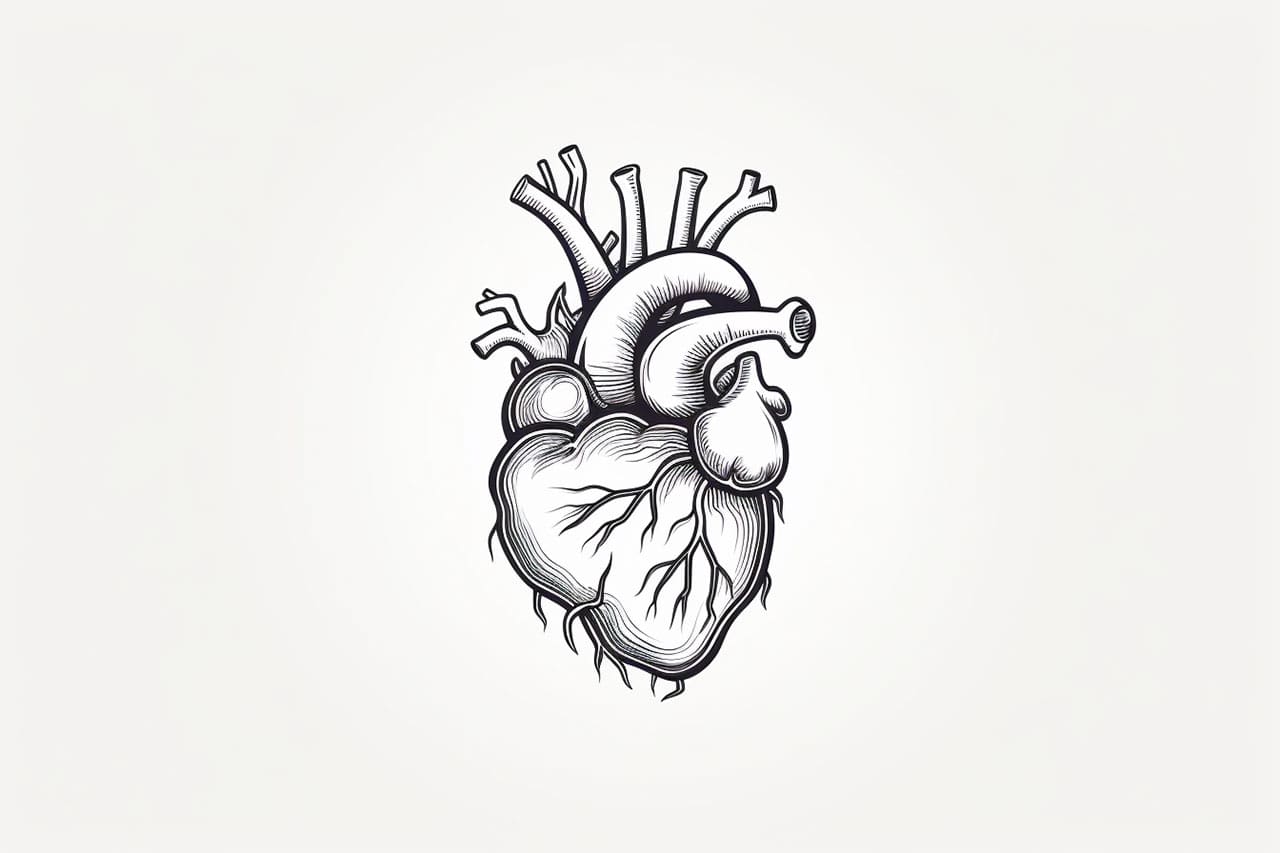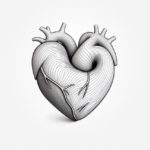Drawing a human heart can be a challenging yet rewarding experience. The heart is a complex organ with intricate details that require careful observation and attention to detail. In this step-by-step guide, I will walk you through the process of how to draw a human heart, from the basic shapes to the final details. Whether you are a beginner or an experienced artist, this guide will help you create a realistic and captivating representation of the human heart.
Materials Required
Before we begin, it is essential to gather the necessary materials. Here are the items you will need:
- Pencil: Use a medium or hard graphite pencil for the initial sketch and outline.
- Paper: Choose a smooth surface paper, preferably drawing paper, to ensure smooth lines and easy erasing.
- Eraser: Have a kneaded or vinyl eraser handy to correct any mistakes and smudges.
- Fine-tip Markers or Pens: These will be used for outlining and adding details to your drawing.
- Reference Image: Find a clear reference image of a human heart to help you understand its structure and details.
With these materials in hand, let’s get started on our journey to draw a human heart.
Step 1: Basic Shapes
Begin by drawing a vertical oval shape in the center of your paper. This will serve as the main body of the heart. Next, draw two small circles on the top of the oval. These will represent the pulmonary veins. Finally, draw a small tube-like shape at the bottom of the oval, which will serve as the aorta.
Step 2: Connecting the Shapes
Now, connect the shapes we have drawn in the previous step. Starting from the top circles, draw two curving lines that gradually merge into the main oval shape. These lines will represent the atria of the heart. Next, connect the aorta shape to the bottom of the oval using a curved line. This will represent the ventricle of the heart.
Step 3: Outlining the Heart
Using your pencil, carefully outline the basic shapes we have drawn. Pay attention to the curves and proportions, ensuring that they are accurate. Take your time with this step, as it will serve as the foundation for the rest of the drawing. Once you are satisfied with the outline, gently erase any unnecessary guidelines.
Step 4: Adding Details
Now it’s time to add more details to our heart drawing. Start by drawing the superior vena cava, which is a large vein located at the top right of the heart. Next, draw the pulmonary arteries and veins on the right side of the heart. These vessels are responsible for carrying oxygenated and deoxygenated blood to and from the lungs.
Step 5: Adding Texture and Shadows
To make your heart drawing more realistic, add texture and shadows. Use light, curved lines to create a ribbed texture on the atria and ventricle. Shade the areas where the blood vessels overlap or appear deeper, creating a sense of depth and dimension. Pay attention to the light source and add shading accordingly. This will give your drawing a three-dimensional appearance.
Step 6: Final Details
In this final step, add any remaining details to your heart drawing. Take a closer look at your reference image and observe the valves, veins, and arteries. Draw these details with precision and accuracy, keeping in mind their placement and size. Remember to take your time and be patient during this step, as it will make a significant difference in the final result.
Conclusion
Drawing a human heart may seem like a daunting task, but with the right guidance and a bit of practice, it can be an enjoyable and rewarding experience. By following the step-by-step instructions provided in this guide, you can create a realistic and detailed representation of the human heart. Remember to pay attention to the proportions, details, and shadows, as they play a crucial role in capturing the essence of this vital organ. So grab your pencils, gather your materials, and let your artistic skills shine as you embark on this creative journey.









